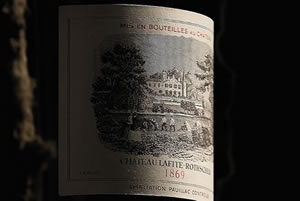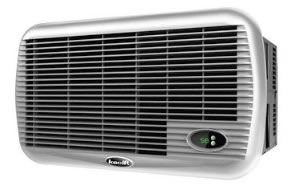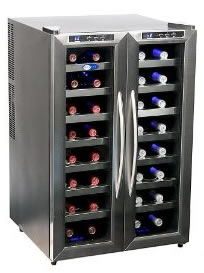
Figure 1 - Chateau Lafite Rothschild 1869
Good wine is an investment, we keep our important papers in safes to protect them yet we will place good bottles of wine in an environment that will enhance quick deterioration. Probably one of the biggest mistakes made by wine enthusiasts when it comes to storing wine is that they are proud of their wine collections and hence want to display them so that friends and relatives can easily see and admire their collection.
Bottles of wine require a substantially different environment than humans! If you are comfortable in a room in your home, then your bottles of wine in that same room will become ill and no matter what health care plan you may have, you cannot cure a sick bottle of wine.
If you are storing bottles of wine for long-term storage, anything more than 3 months, they should be stored at a temperature of 55 degrees Fahrenheit or 13 degrees Celsius with a relative humidity of 60% to 65%.
A temperature of 55 degrees Fahrenheit will impede the aging process and a humidity level of 60% prevents the wine in the bottle from penetrating the cork and escaping the bottle.
Bottles of wine should be kept in the dark. The wine will deteriorate if exposed to ultraviolet light for any length of time.
Very few geographic areas can provide these temperature and humidity conditions, even in basements, throughout the year. Hence, if you are truly a wine enthusiast and investing in good bottles of wine you have to consider providing your wine with a safe environment to exist until you are ready to consume it. This generally means providing a cooling unit for your wine storage area, as shown in Figure 2.

Figure 2 - Wine cellar cooling unit
Note: If your wine bottle collection is relatively small, you can consider using a wine cooler, as shown in Figure 3.

Figure 3 - Wine cooler
Selection of wine coolers
Wine cellar considerations
If your home has a basement, especially if it is a relatively new home, building codes are not written for wine storage and it is most likely far too warm and dry for wine storage. If you are considering storing your wine above ground then we have already highlighted the basic principles of wine storage, that if it is comfortable for human, then it is not good for a bottle of wine.
If you are going to invest in a wine cellar or storage area to properly house your wine collection then it must be constructed properly, failure to do so is just throwing your money away. A wine cellar or storage area will most definitely require a cooling system and it should be a cooling system that has been designed for the application of wine storage.
Many "do-it-yourself" wine cellar building guides suggest the use of a window or portable home air conditioner as the cooling system. Always remember that residential air conditioners are designed not only to cool but to remove excess humidity from the air! In fact, it is the humidity that most people find uncomfortable not the temperature. As previously pointed out, you want to control the humidity, but at a relatively high level, most home air conditioners cannot maintain humidity levels of 60% when in cooling mode!
Selection of wine cellar cooling units
Basic Wine Cellar Construction
If you follow these guidelines your bottles of wine will maintain their quality for years to come and you will be protecting the rest of your home from the potential damage caused by the lower temperatures and higher humidity levels.
Note: Always check your local building codes before starting any wine cellar or storage construction project to ensure that you will not have to modify, tear down or redo any of the work.
Note: The guidelines provided are adequate for the construction of your wine cellar. Consider the guidelines as minimum requirements.
Wall Framing: |
2" x 6" spaced 16" on center |
Ceiling Framing: |
2" x 8" spaced 12" on center |
Vapor Barrier: |
6 mil polyethylene on warmest side of walls and ceilings. |
Wall Insulation: |
R-19, R-21 better |
Ceiling Insulation: |
R-30, R-38 better |
Sheathing: |
1/2" water resistant sheathing, walls and ceilings. Any sheathing that is rated for use on bathroom shower walls is the best choice. |
Flooring: |
Material such as brick, tile, stone, or hardwoods that have a resistance to moisture. Flooring materials suitable for use in bathrooms with showers are the best choice. |
Wine Cellar Doors: |
Use a door that is suitable for the exterior of a home. Door frames should have weather strip applied, including a weather resistant threshold. |
Paint: |
Moisture resistant interior wall paint. It is best to visit your local paint store where you can obtain expert advice. |
Fasteners: |
Use stainless steel fasteners to avoid corrosion problems due to the high humidity. |
Solid Woods: |
The preference is definately for Mahogany. However, if price is an issue then pine is an acceptable alternative. You should not redwood, cedar, poplar, oak or cherry in your wine cellar. |
